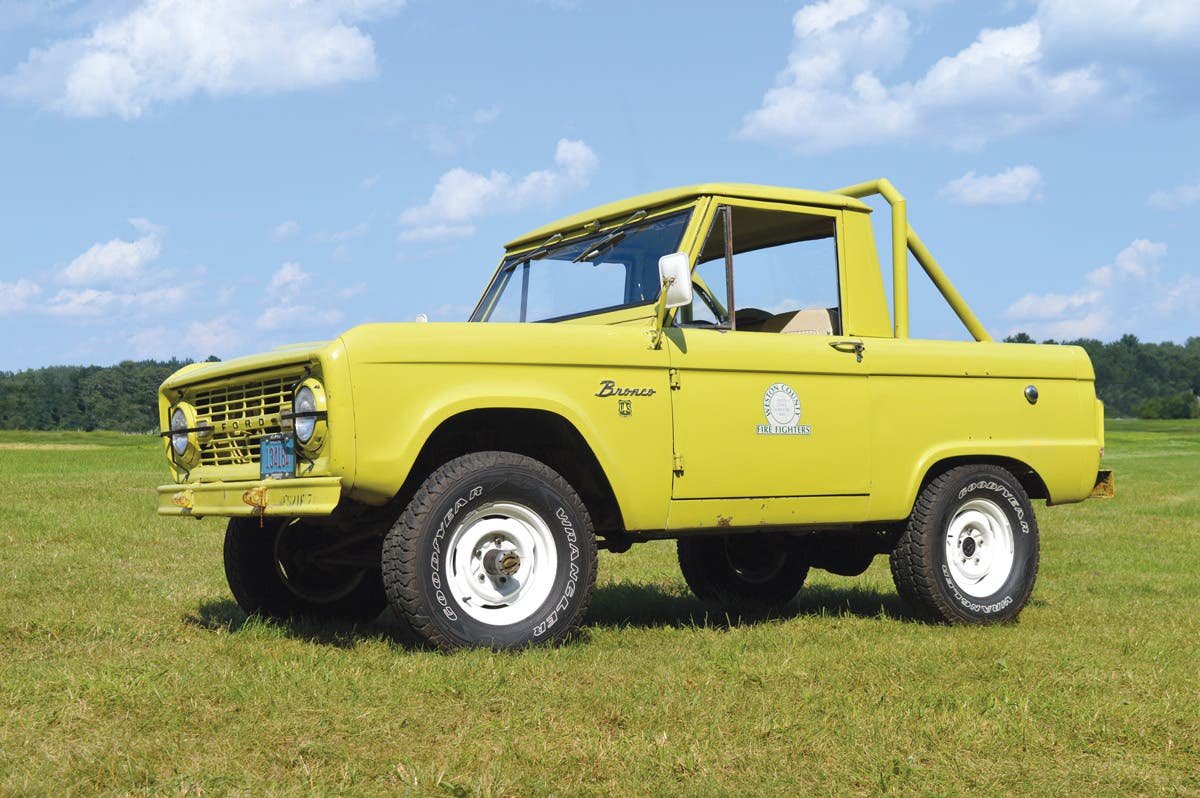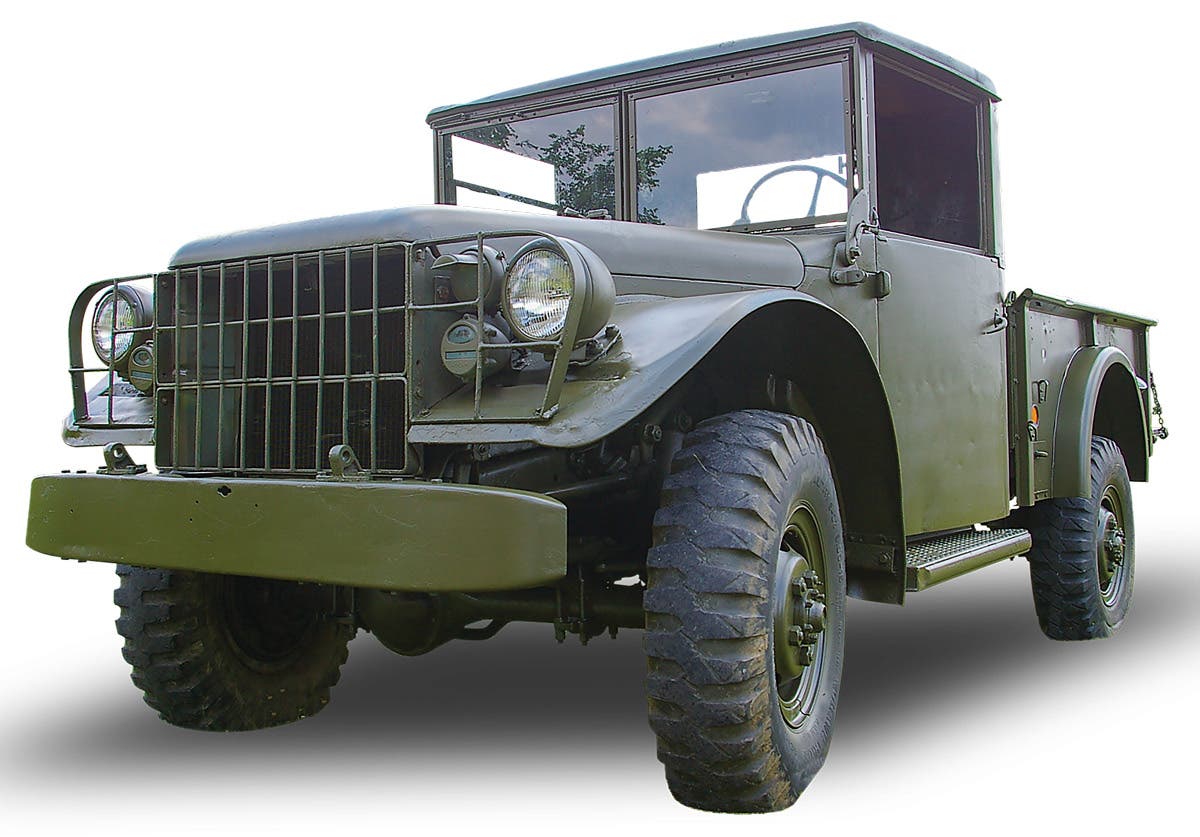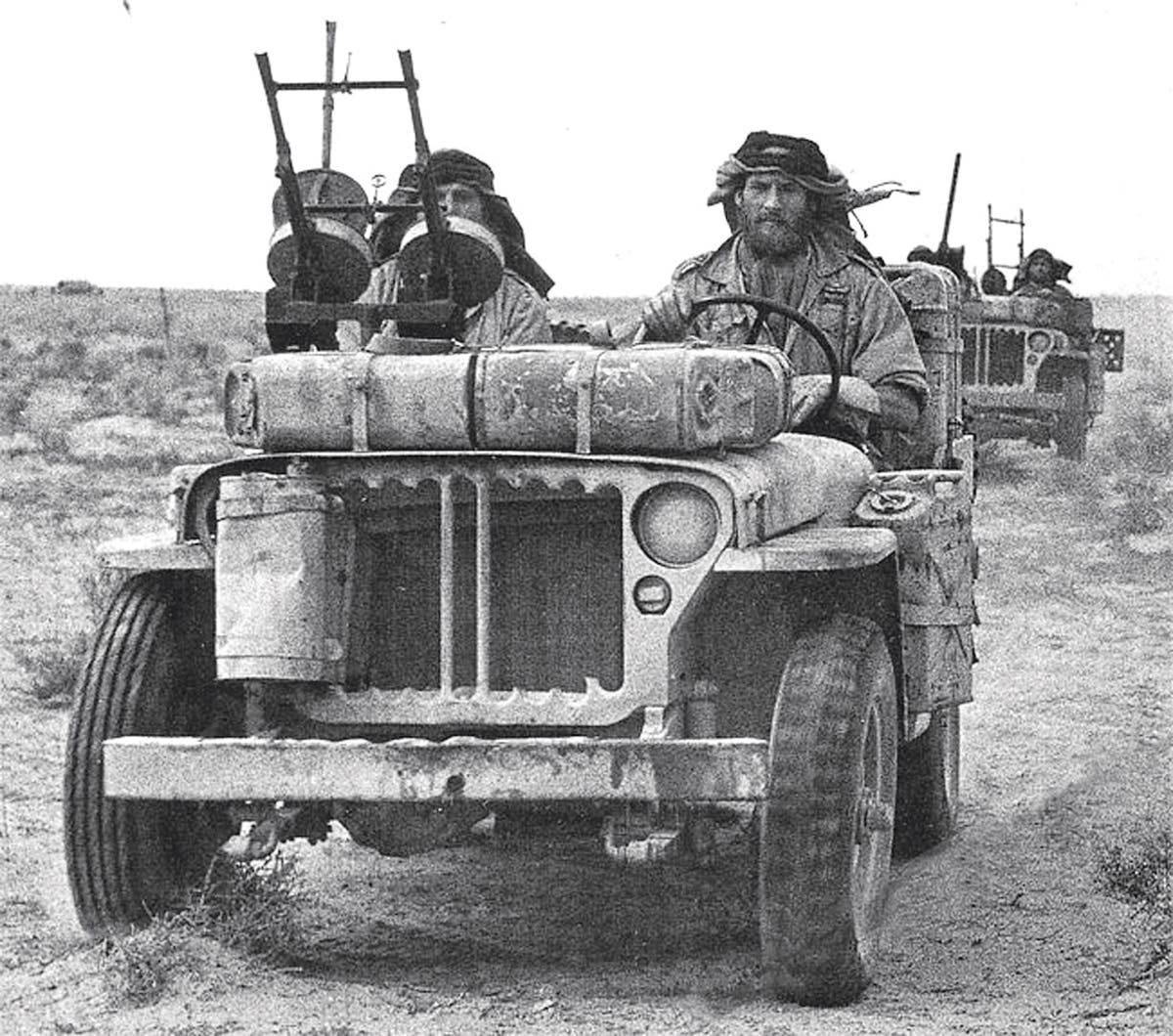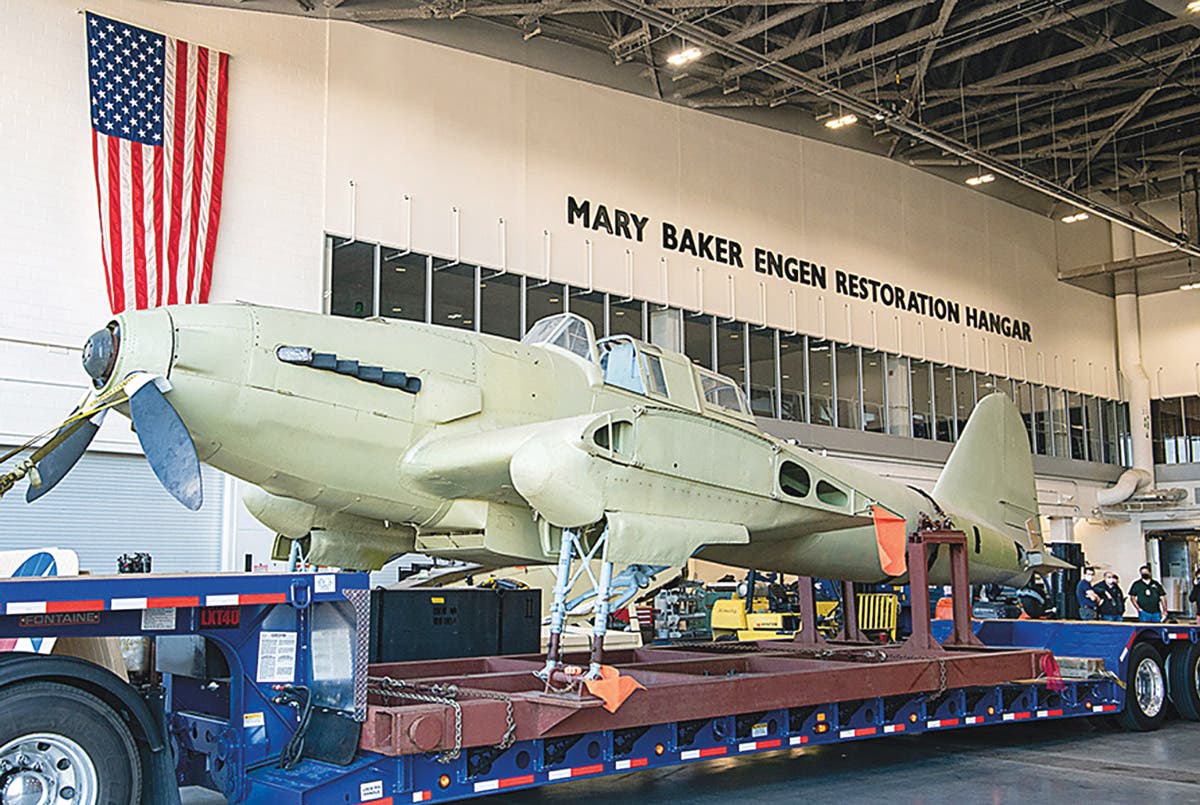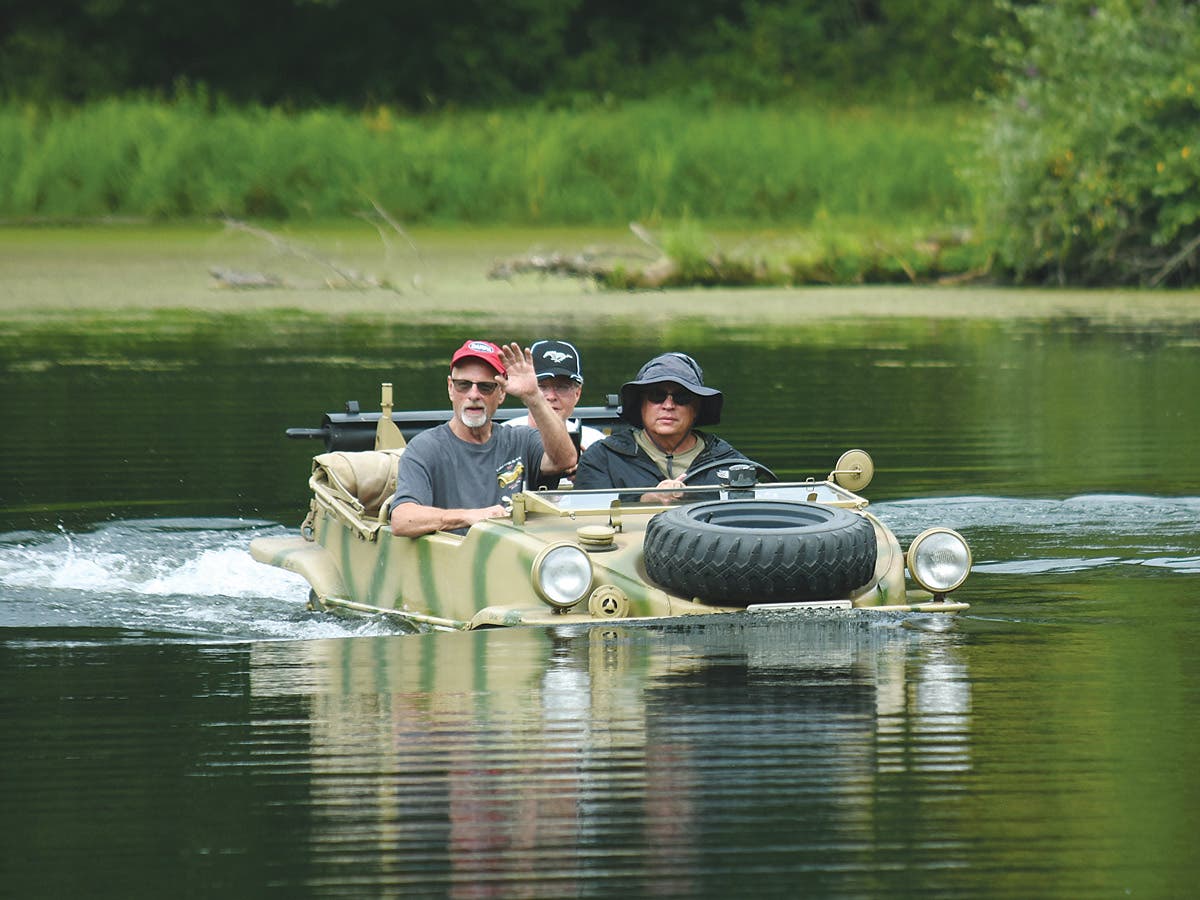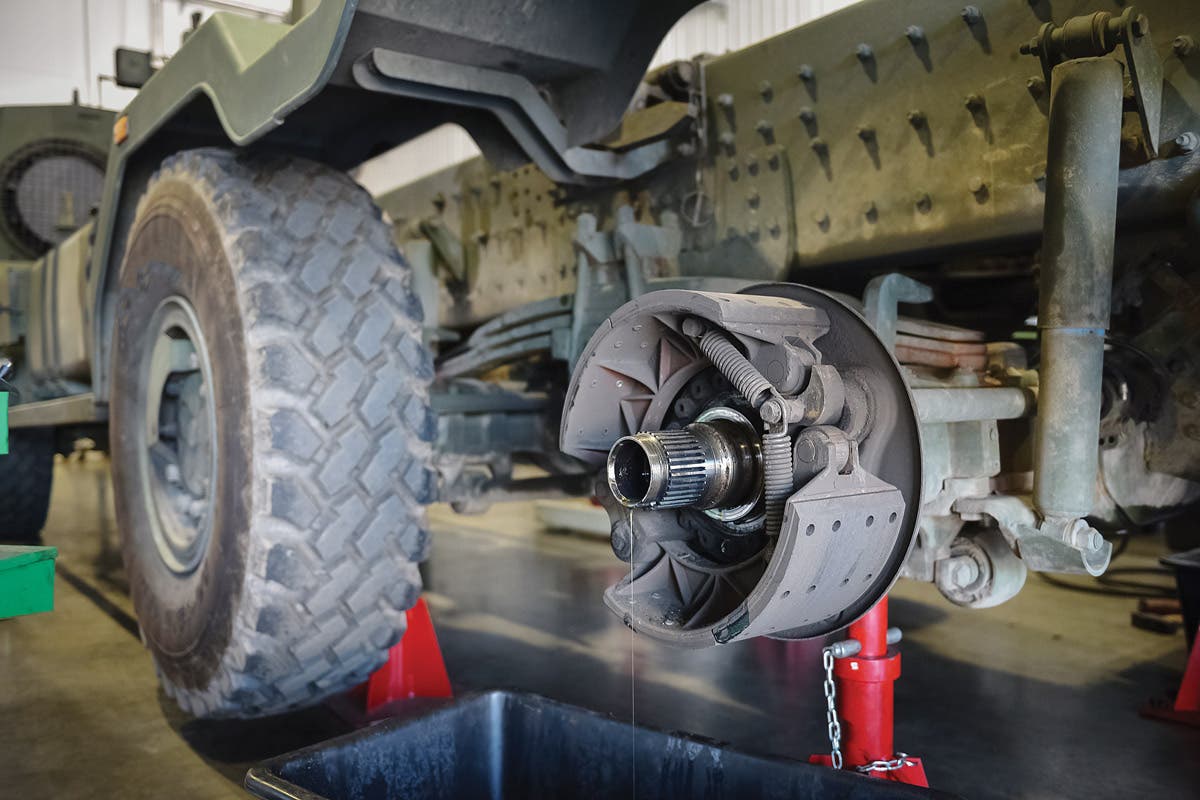MV technology heads to Chicago Auto Show
U.S. Army bringing military vehicle technology, muscle to 2011 event
CHICAGO – The 2011 Chicago Auto Show promises more than 1 million square feet of exhibition area packed with the hottest offerings from automakers around the world. But one display will showcase vehicles with more power than the muscle cars, more “green” technology than the most-environmentally-conscious entries, and more automotive and electronic expertise than the show’s smartest cars.
That exhibitor: the U.S. Army. Of course.
The Army has had a presence at the Chicago Auto Show for a number of years and views the event as an excellent opportunity to showcase Soldiers, equipment and the many opportunities for service the Army provides.
This year, the Army’s Research, Development and Engineering Command is supporting the show with a selection of vehicles from its Tank Automotive Research, Development and Engineering Center (TARDEC) in Detroit. Those vehicles – which all illustrate how today’s Army is the best trained and equipped Army there has ever been – include:
Future Tactical Truck System (FTTS) – An Army “concept truck,” FTTS showcases a number of technologies in the field now or being considered including Hybrid drive, four-wheel steering and integrated armor. FTTS was developed in cooperation with International Truck and Engine Corporation.
Clandestine Extended Range Vehicle (CERV) – CERV is a lightweight, diesel-electric hybrid prototype with a top speed 80 mph. Designed for reconnaissance, targeting and rescue missions, CERV also has silent run capability and is one of the Army’s “greenest” vehicles. CERV was developed in partnership with California-based Quantum Technologies.
International Truck and Engine Corporation MXT-MV – Currently being tested in a number of arenas, including with Michigan National Guard, MXT-MV represents a potential new entry between the Humvee and Mine Resistant Ambush Protected (MRAP) vehicles.
CERV and MXT-MV are collaborative programs from TARDEC’s National Automotive Center (NAC). In 1993, the Secretary of the Army chartered the NAC with a mission to serve as the Army focal point for the development of dual-use automotive technologies and their applications to military groundvehicles. The NAC’s principal focus is on facilitating joint efforts between industry, government and academia in basic research, collaboration, technology, industrial base development and professional development. NAC works closely with TARDEC staff to support the needs of Soldiers.
“TARDEC’s mission is to continue to provide the newest innovations and technology that will support the warfighter against an ever-evolving and changing enemy threat,” explains Derhun Sanders, TARDEC Corporate Outreach director.
ABOUT THE CHICAGO AUTO SHOW
The Chicago Auto Show is the largest on the continent, spanning over one million square feet of production, concept, and exotic vehicle exhibit space. In addition to hosting multiple world and North American vehicle debuts, the Chicago Auto Show’s First Look for Charity raises nearly $2 million annually for 18 worthy Chicago organizations in a single night. The 2011 public show will be held from Feb. 11–20, 2011. For more information, visit www.chicagoautoshow.com or www.facebook.com/chicagoautoshow
ABOUT TARDEC
Headquartered at the U.S. Army Detroit Arsenal in Warren, MI, TARDEC is the Nation’s laboratory for advanced military automotive technology and serves as the Ground Systems Integrator for all Department of Defense (DOD) manned and unmanned ground vehicle systems. With roots dating back to the World War II era, TARDEC is a full life-cycle, systems engineering support provider-of-first-choice for all DOD ground combat and combat support weapons, equipment and vehicle systems. TARDEC develops and integrates the right technology solutions to improve Current Force effectiveness and provides superior capabilities for Future Force integration. TARDEC’s technical, scientific and engineering staff lead cutting-edge research and development in Ground Systems Survivability; Power and Mobility; Ground Vehicle Robotics; Force Projection; and Vehicle Electronics and Architecture.
YOU MAY ALSO BE INTERESTED IN:
*Military Vehicles Magazine
*Standard Catalog of U.S. Military Vehicles, 1942-2003
MORE RESOURCES FOR COLLECTORS
*Great Books, CDs & More
*Sign up for your FREE email newsletter
*Share your opinions in the Military Forum



